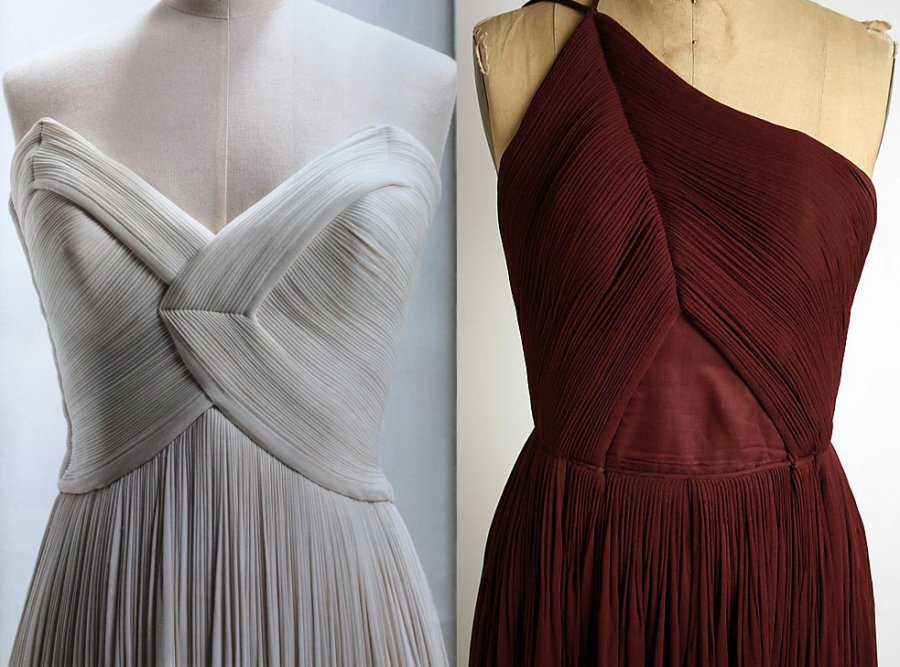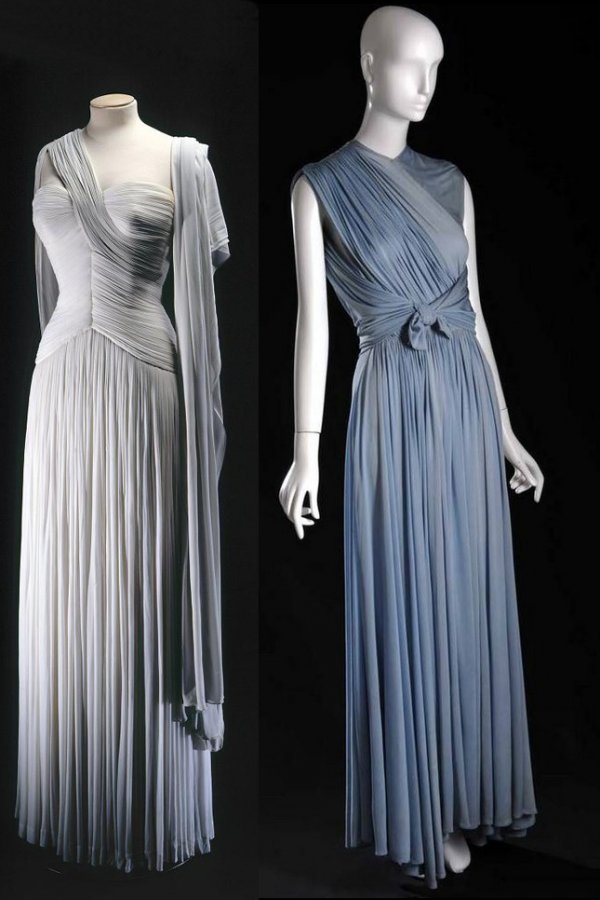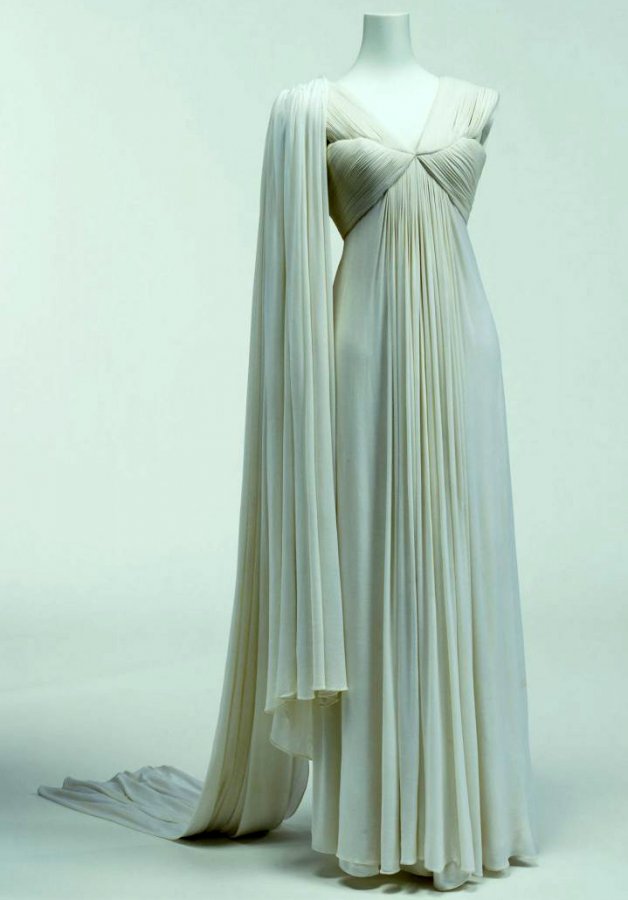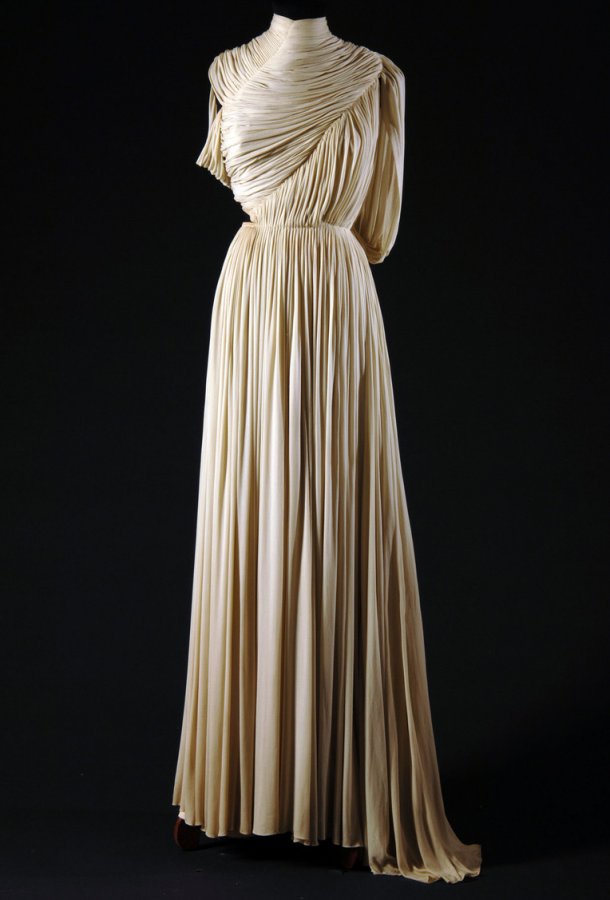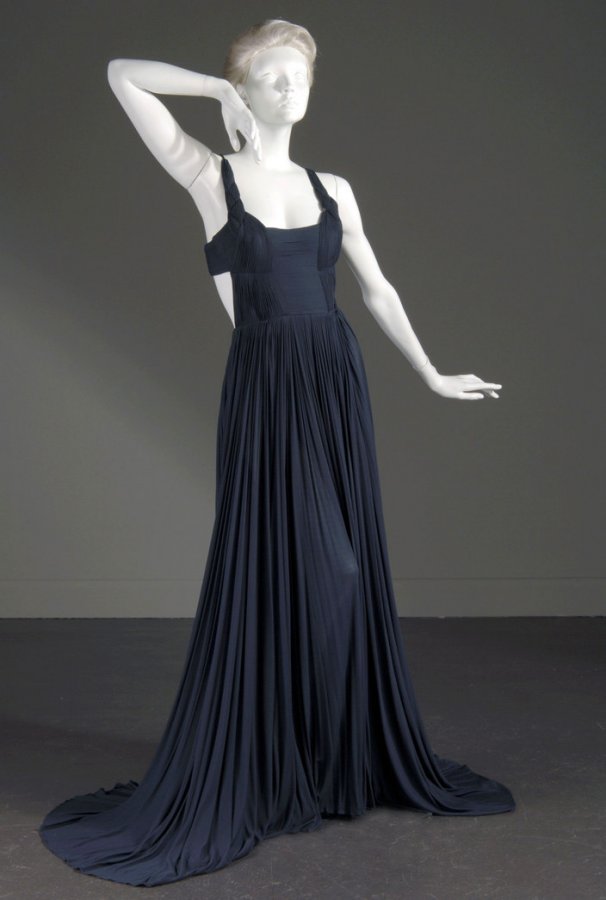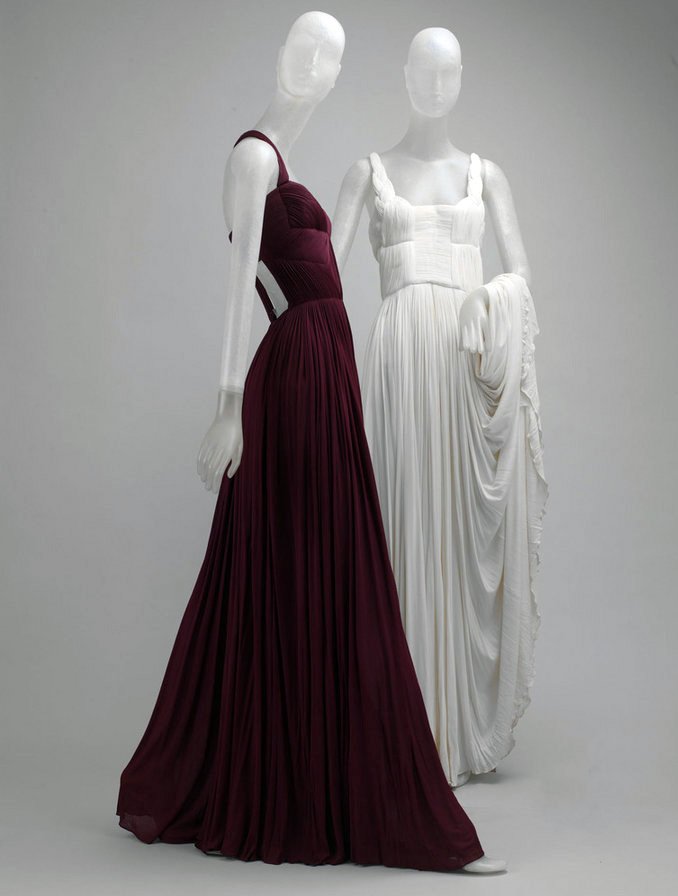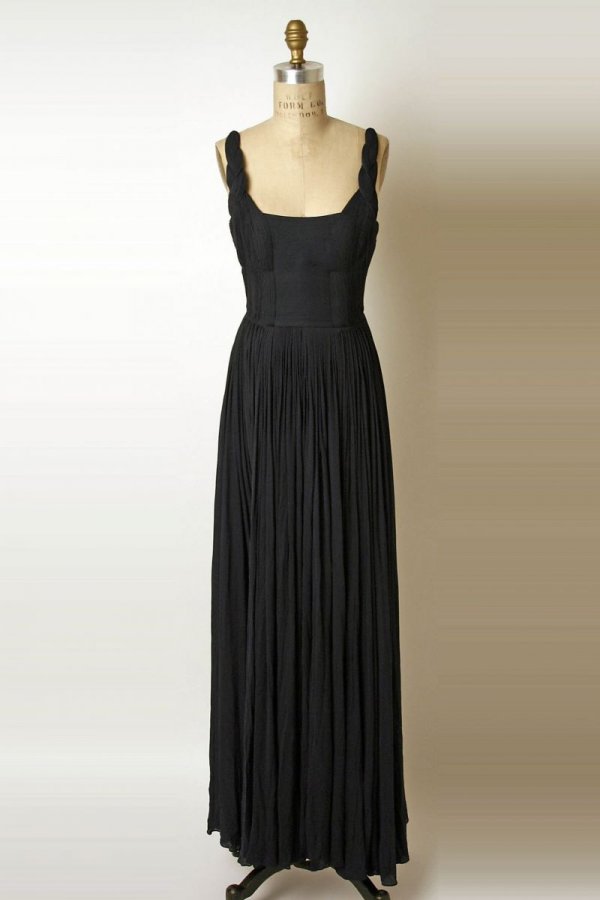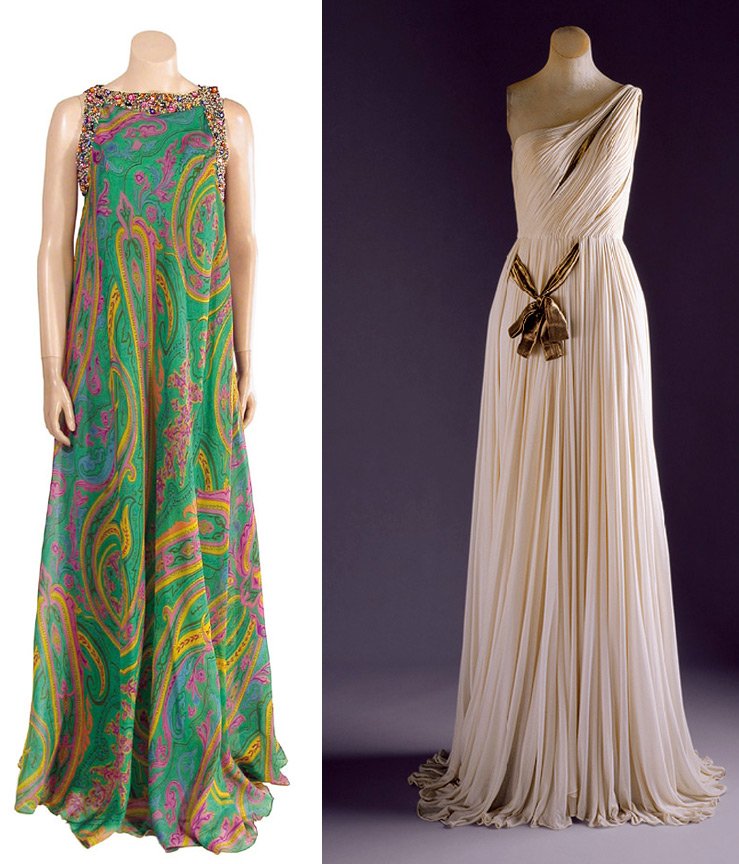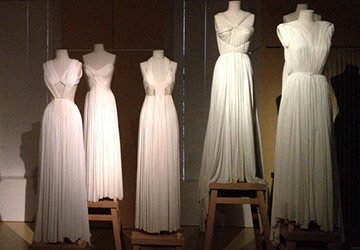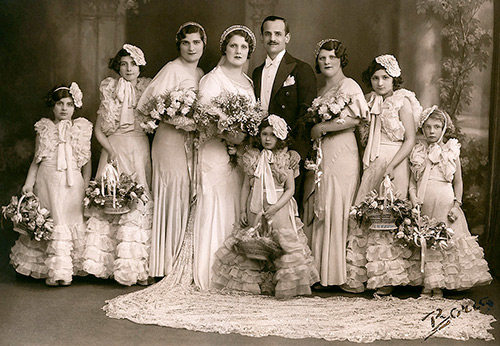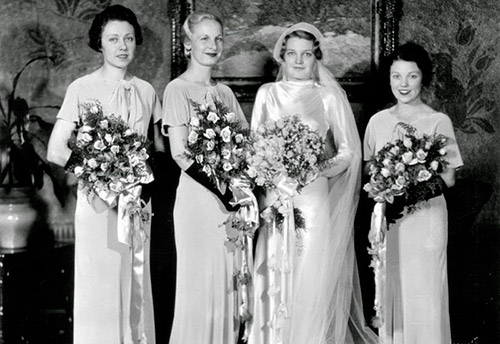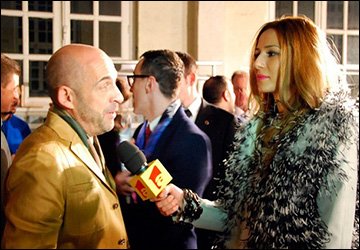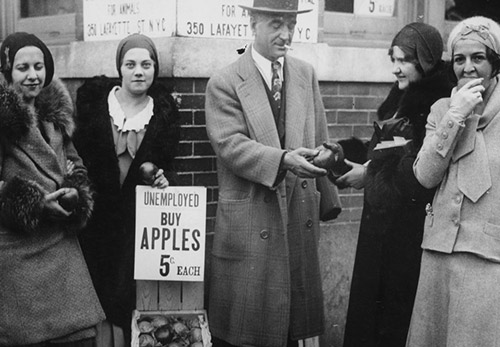Beautiful dresses
Biography and dresses of Madame Gre
Alix Gre is a sculptor and couturier ... The dresses she created with Greek folds turned every woman into a goddess. Madame Gre was born on November 30, 1903 under the name Germaine Emily Krebs. But she later changed her name and became Alix Barton.
Her couturier career began in 1930 amid economic crisis and political upheavals. The danger of war was on the horizon. It was becoming apparent to many that Hitler's assurances of peace could not be trusted. But in these troubled times, a longing for beauty and luxury awoke.
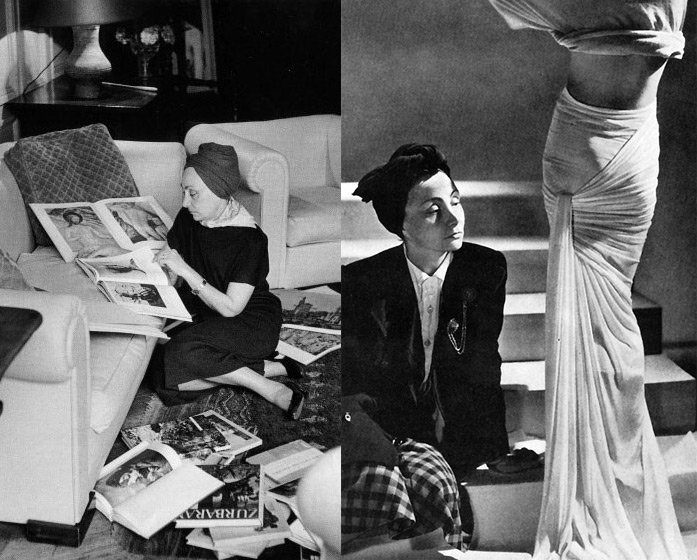
In the 30s, many fashion designers abandoned the boyish image with a short haircut, flat breasts, the image of a cutie of the 20s, who danced day and night in a shirt dress. Ladies of the 30s aspired to femininity, they wore long dresses, and certainly from silk. And Alix created her first masterpieces ... She wanted to become a sculptor, but her family did not support her. Then she took up sewing, and embodied her dream in unique works of art. These were her dresses. The girl tried to penetrate the secret of fabrics, to create images in which the fabric would flow in soft folds, like water over a stone. Soon, a Fashion House was opened under the name Alix Barton.
Chanel and Schiaparelli in the 30s shone so much that, it seemed, no one could outshine them. However, not only thanks to them, masterpieces in fashion of those years arose, which later became a source of inspiration for fashion designers in subsequent decades. For example, the tailoring invented by Vionne, Nina Ricci's romantic dresses with embroidered flowers and delicate colors, small works of art made of buttons and feathers by Marcel Roche, sculptural draperies of Madame Gre.
Madame worked with an extraordinary flair for the material. Her antique draperies continue to influence designers' ideas today. Note the draperies of Albert Elbaz, Haider Ackerman or Azeddine Alaya, who bought the works made by Madame Gre from 1934 to 1942 for the fashion museum in Marseille.
She also, like Nina Ricci, draped dresses directly on the fabric without patterns on the figures of clients.
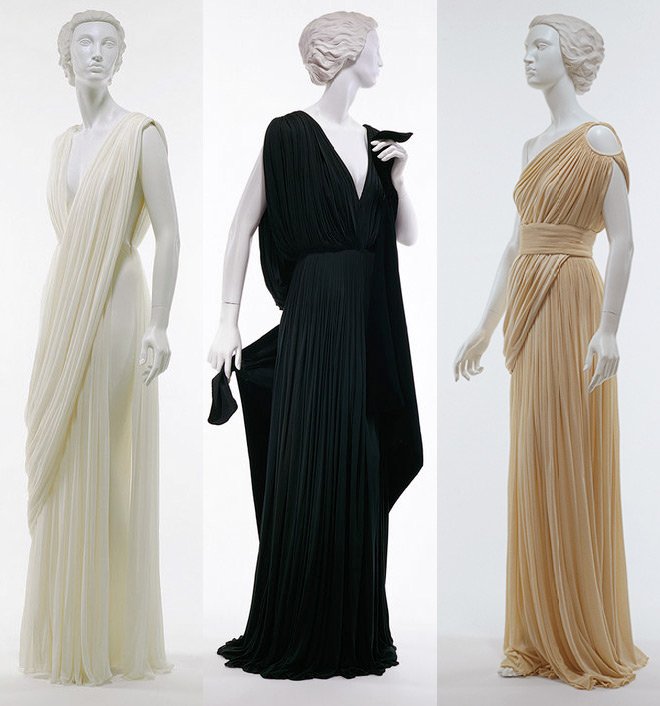
Alix opened her first fashion house in 1931. Alix became a famous fashion designer along with Coco Chanel and Elsa Schiaparelli... But by her very nature, she was an introverted person, she preferred her work to going out. Parties and socializing with celebrities did not appeal to her. In 1937, Alice married the Russian artist Sergei Cherevkov, known in Paris under the pseudonym Serge Gre. And now it was not Alix Barton who appeared, but Alix Gre. The life together was short-lived, but subsequently she always tried to financially support Serge until his death.
Soon she opens a new fashion house - the House of Gre ("Gr? S"). Her dresses were most often white, which resembled the sculpture of the Greek Caryatids. The drapery of flowing folds enveloping the body was a fantastic sight, in which there was no chaos, on the contrary, everything was clearly thought out so that the fabric emphasized the seductive outlines of the figure.
Madame Gre's dresses are like revived Greco-Roman sculptures. In a German magazine in 1940, they wrote: "The folds in clothes are not good in themselves, but only when they form some kind of pattern, for example, they go at an angle to each other, bend, intertwine ... that is, they are draped." She began to use silk jersey, and the fabric in Alix's hands obediently lay down in a strictly defined place for her. The weaving masters produced fabrics for her that were wider than usual, so that the conceived idea could be embodied in reality. It was not easy to copy Madame's models, because some of her creations took up to 20 meters of silk jersey.Her dresses appeared in fashion magazines, and her sculptural handling of fabric was talked about.
During the war, many women could not dream of beautiful clothes, hats, shoes, and therefore each had their own ideas, inventions and fantasies in order to decorate themselves. Kerchiefs and scarves began to be tied in the form of turbans. Turban Alix became her trademark, this headdress was perfection itself.
The war began, events developed in such a way that Alix decided to leave France. When the President of the High Fashion Syndicate, Lucien Lelong, found out about this, he said: "We must not let Alix leave ... We must keep haute couture." This was the time of the military defeat of France. But, despite all the efforts of German fashion designers, the influence of French fashion continued to surpass the victorious country, and remained, albeit not at the same level, but still at a high level. And the leadership of the Reich was determined to eliminate this influence. The plan of the German side was as follows - the implementation of the centralization of European fashion. In this regard, Vienna and Berlin were to become the new fashion centers, while French fashion could remain autonomous.
French fashion designers decided to act. They launched a campaign to attract public attention to their products. French models were so perfect that many magazines could not help but place photographs of French couturiers' clothing collections. One of the magazines was captioned: "New spring dresses show that the French are alive", others extolled the spring collection of 1941.
And Alix Gre returned. In 1944, she released a collection in the national colors of France. It was a protest against the Nazi influence on fashion. In 1947 she was awarded the Order of the Legion of Honor. Soon, 228 models created by French couturiers, including Pierre Balmain, Cristobal Balenciaga, Nina Ricci, Lucien Lelong and Alix Gre, were presented at the international exhibition "Theater of Fashion".
Then the second exhibition - "The Train of Gratitude" in the USA in 1949. Madame Gre's luxurious dresses took part in these exhibitions. Paris retained the title of the capital of world fashion. But the times required big changes in the fashion industry. Individual work was reduced, fashion began to work with a wider audience, where that sophistication and uniqueness of products was not required. The capabilities of designers have changed. Now it has become much more difficult for them to promote their creative ideas. For Madame Gre, a creative person, but mediocre in business, it turned out to be simply impossible. She had to cut back on her production. She tried to fight, but in terms of leadership, she made mistake after mistake.
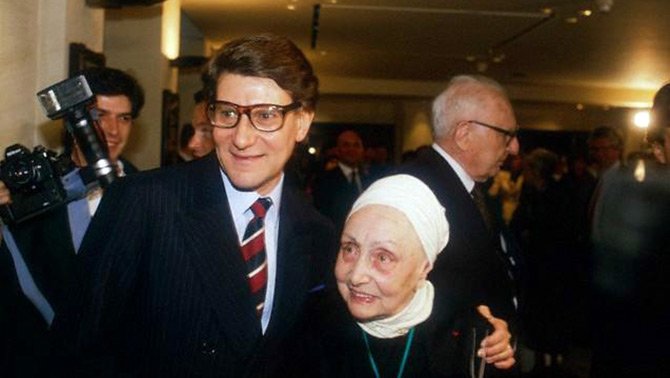
In 1981, she nevertheless turned to the pret-a-porter direction, only the fading of her fashion house had already begun.
And in the 70s of the last century, Madame Gre was the chairman of the Haute Couture Syndicate. However, the triumph gave way to defeat.
In 1984, Bernard Tapie bought her fashion house and then resold it for his own benefit. No longer young, but still naive Madame Gre, believed in the pure feelings of Tapi, who confessed not only to her, but also to journalists, in his love for Madame. She was fascinated by him. The engagement took place. Tapi spoke openly about his desire to help Madame: "... I will give her the means to devote herself to creativity, not thinking about money." But ... she lost everything. Daughter Anna put her in a clinic in Provence, where Madame Gre died in 1993.
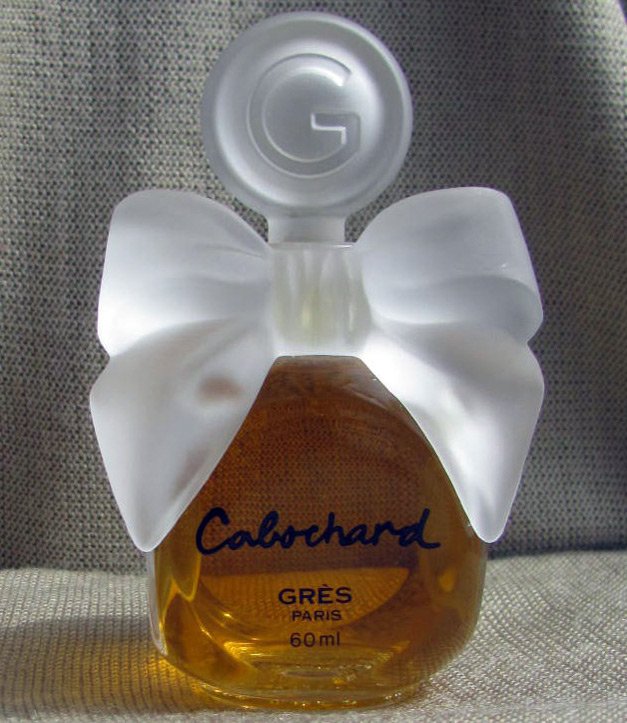
The fashion house "Gre" produced collections for several more seasons, but then completely switched to the everyday line. The company's sales fell sharply. Today the fashion house is almost unknown and is constantly being resold to new owners. The perfume line also brings in a small income ...
Madame liked to say that she dreamed of becoming a sculptor, and therefore it makes no difference for her - to work with fabric or with stone. In her interviews, she often emphasized that it was the beauty of the human body that became the source of inspiration. Almost all celebrities were her clients: Marlene Dietrich, Vivien Leigh, Greta Garbo, Grace Kelly, Princess de Bourbon, Barbara Streisand, Duchess of Windsor, Jacqueline Kennedy.The clean and austere lines of antiquity of Madame's dresses can be seen in many photographs taken by almost all the great photographers of the time.
Comments and Reviews
Add a comment
Rating news
Shades of clothing that make women look younger
What shades of hair make women younger: rules and photos
Funny wedding dresses - photos and ideas
12 most expensive down jackets for the winter
How to look 25 at 40: tips from supermodels
Beautiful schoolgirls
Anti-aging haircuts and hairstyles for women
Fashionable skirts for autumn and winter
Fashionable women's trousers for the cold season
Fashionable and stylish sandals for summer 2024
Spring-summer 2024
 Fashionable dresses and tops with thin spaghetti straps
Fashionable dresses and tops with thin spaghetti straps
 Bandana tops: how to wear stylishly and beautifully
Bandana tops: how to wear stylishly and beautifully
 How to put together the perfect men's wardrobe for the summer
How to put together the perfect men's wardrobe for the summer
 Fashionable shorts for spring-summer 2024
Fashionable shorts for spring-summer 2024
 Fashionable skirts for spring-summer 2024: a guide to online shopping
Fashionable skirts for spring-summer 2024: a guide to online shopping
 The most fashionable dresses spring-summer 2024: styles and colors
The most fashionable dresses spring-summer 2024: styles and colors
 Fashionable total look 2024: ideas of images and trends
Fashionable total look 2024: ideas of images and trends
